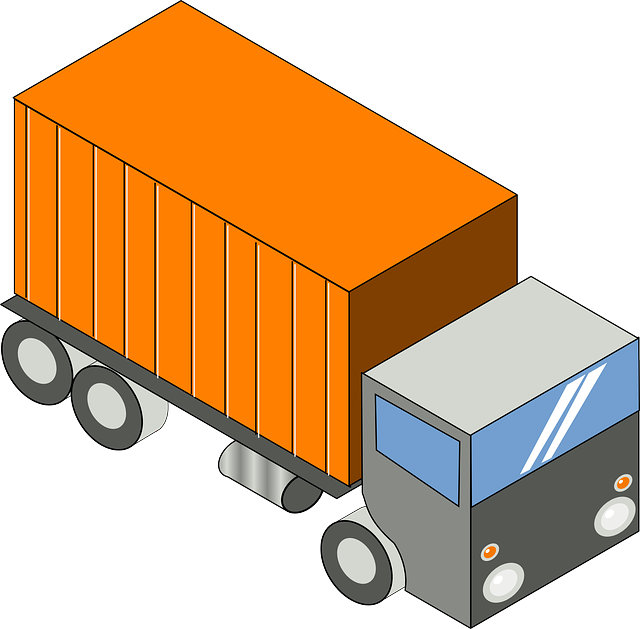Owner-operators face challenges managing policies due to frequent changes, diverse options, and regional legal variations, with liability coverage as a crucial area. Digital age technology, through innovative platforms and automated systems, streamlines policy management, eliminating tedious paperwork and reducing errors. These solutions offer real-time updates, automated notifications, and secure data storage, ensuring accurate policy tracking and renewals. Implementing these digital tools significantly enhances efficiency, minimizing risks associated with policy lapses for liability coverage for owner-operators.
In today’s dynamic business landscape, efficient policy management is crucial for owner-operators to maintain competitive edge. Often burdened by complex processes and frequent updates, especially regarding liability coverage, they face significant challenges. This article explores how technology integration can simplify these tasks. We delve into the role of digital solutions in streamlining processes, implementing real-time updates for liability coverage, and highlighting benefits & best practices for effective policy management tailored to owner-operators’ needs.
Understanding the Challenges of Policy Management for Owner-Operators

Policy management can be a complex and time-consuming task for owner-operators, who often juggle multiple responsibilities while ensuring their business runs smoothly. One of the primary challenges is keeping up with constant policy changes and updates, especially in dynamic industries where regulations evolve swiftly. Owner-operators need to stay informed about new liability coverage requirements, which can be a daunting task, given the ever-growing number of insurance options and varying legal landscapes across regions.
Moreover, managing policies effectively requires a systematic approach to avoid errors and ensure compliance. Without efficient tools, owner-operators might face difficulties in tracking policy expiration dates, renewing coverages, or even understanding the nuances of their existing policies. This can lead to costly mistakes, especially in cases involving liability coverage for owner-operators, where missteps can have significant legal and financial implications.
The Role of Technology in Streamlining Processes

In today’s digital era, technology plays a pivotal role in transforming the way businesses operate, and policy management is no exception. By integrating innovative solutions, organizations can streamline processes that were once cumbersome and time-consuming. For owner-operators seeking liability coverage, digital platforms offer a simplified approach to managing and updating policies. These platforms enable users to quickly access relevant information, compare different coverage options, and even apply for policies online, eliminating the need for lengthy paperwork and manual data entry.
Additionally, technology facilitates real-time policy updates, ensuring that owner-operators stay protected with the latest coverage options tailored to their needs. Automated notifications and digital signature capabilities expedite the renewal process, reducing administrative burdens and minimizing errors. This not only saves time but also enhances accuracy, allowing business owners to focus on their core operations while leaving policy management to efficient digital systems.
Implementing Digital Solutions for Liability Coverage Updates

Implementing digital solutions has become a game-changer in simplifying liability coverage updates, especially for owner-operators navigating complex insurance landscapes. Traditional methods often involve cumbersome paperwork and manual processes, leading to delays and potential errors. By integrating technology, such as robust online platforms and automated systems, policy management becomes more efficient. Owner-operators can easily access and update their liability coverage information digitally, ensuring accuracy in real-time.
These digital solutions offer a secure and centralized hub for all policy-related data. With just a few clicks, owner-operators can modify their liability coverage limits, add or remove endorsements, and track changes. This streamlines the process, reducing the risk of mistakes due to manual entry. Furthermore, automated notifications and reminders for upcoming renewals ensure that owner-operators stay on top of their policy obligations, enhancing overall operational efficiency.
Benefits and Best Practices for Effective Policy Management

Effective policy management is a cornerstone for businesses, especially those requiring liability coverage for owner-operators. Integrating technology streamlines this process, offering numerous advantages. Digital platforms enable real-time updates, ensuring policies are always current and relevant. This efficiency reduces administrative burdens, allowing teams to focus on core operations. Automated notifications for upcoming renewals or changes in regulations prevent lapses in coverage, a critical aspect for owner-operators facing potential legal and financial risks.
Best practices include implementing user-friendly systems with clear interfaces for easy navigation and policy editing. Regular training sessions can educate staff on the new technology, fostering proficiency. Additionally, leveraging analytics tools provides valuable insights into policy trends, helping businesses make informed decisions. Consistent data backup and robust security measures are essential to protect sensitive information, maintaining compliance and safeguarding against potential cyber threats.
Integrating technology to simplify policy management and updates is no longer an option but a necessity for owner-operators. By leveraging digital solutions, such as automated process flows and real-time data synchronization, businesses can significantly enhance efficiency, reduce errors, and ensure timely liability coverage updates. As the industry continues to evolve, embracing innovative technologies will be key to staying competitive and maintaining robust risk management practices tailored to the unique needs of owner-operators.
